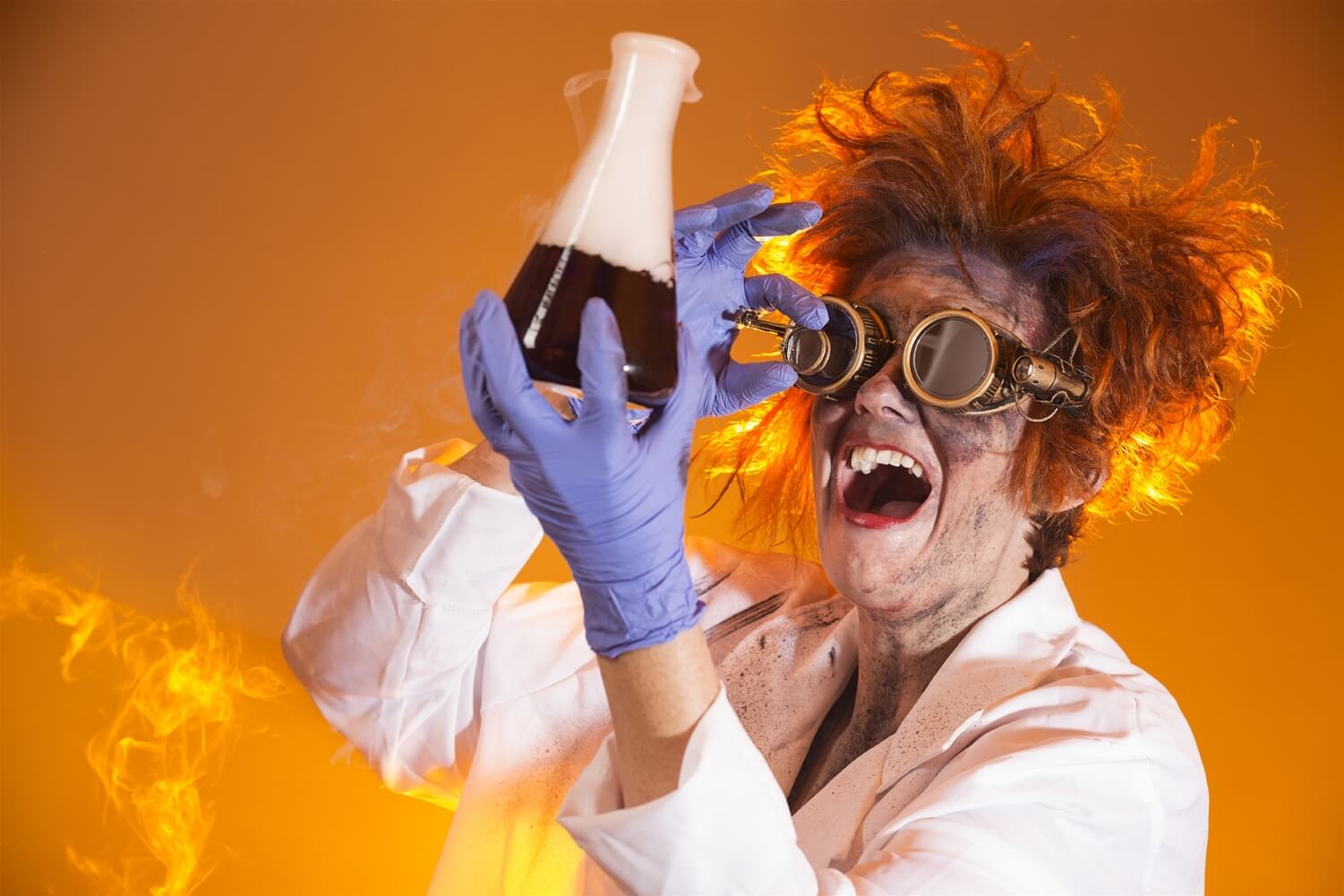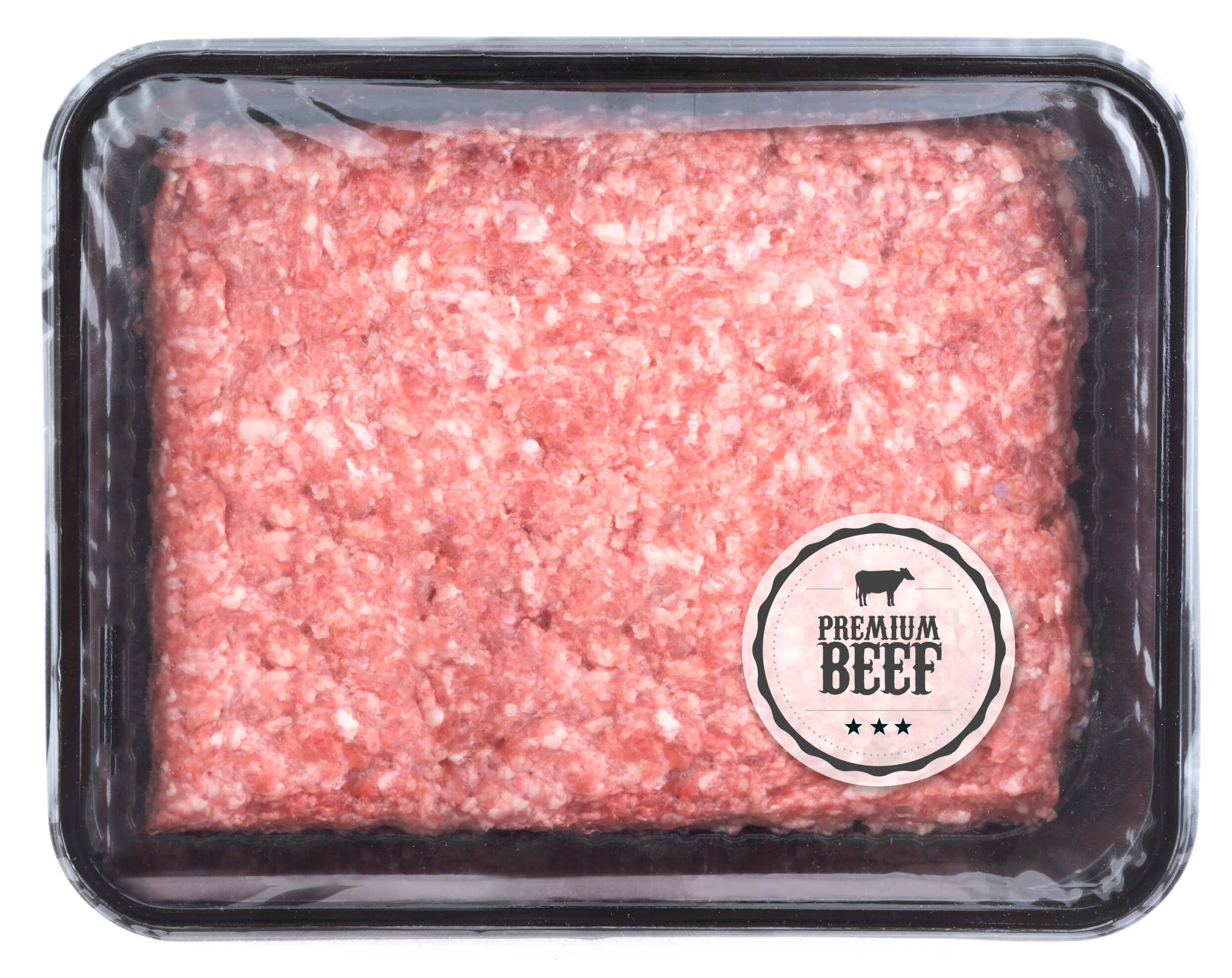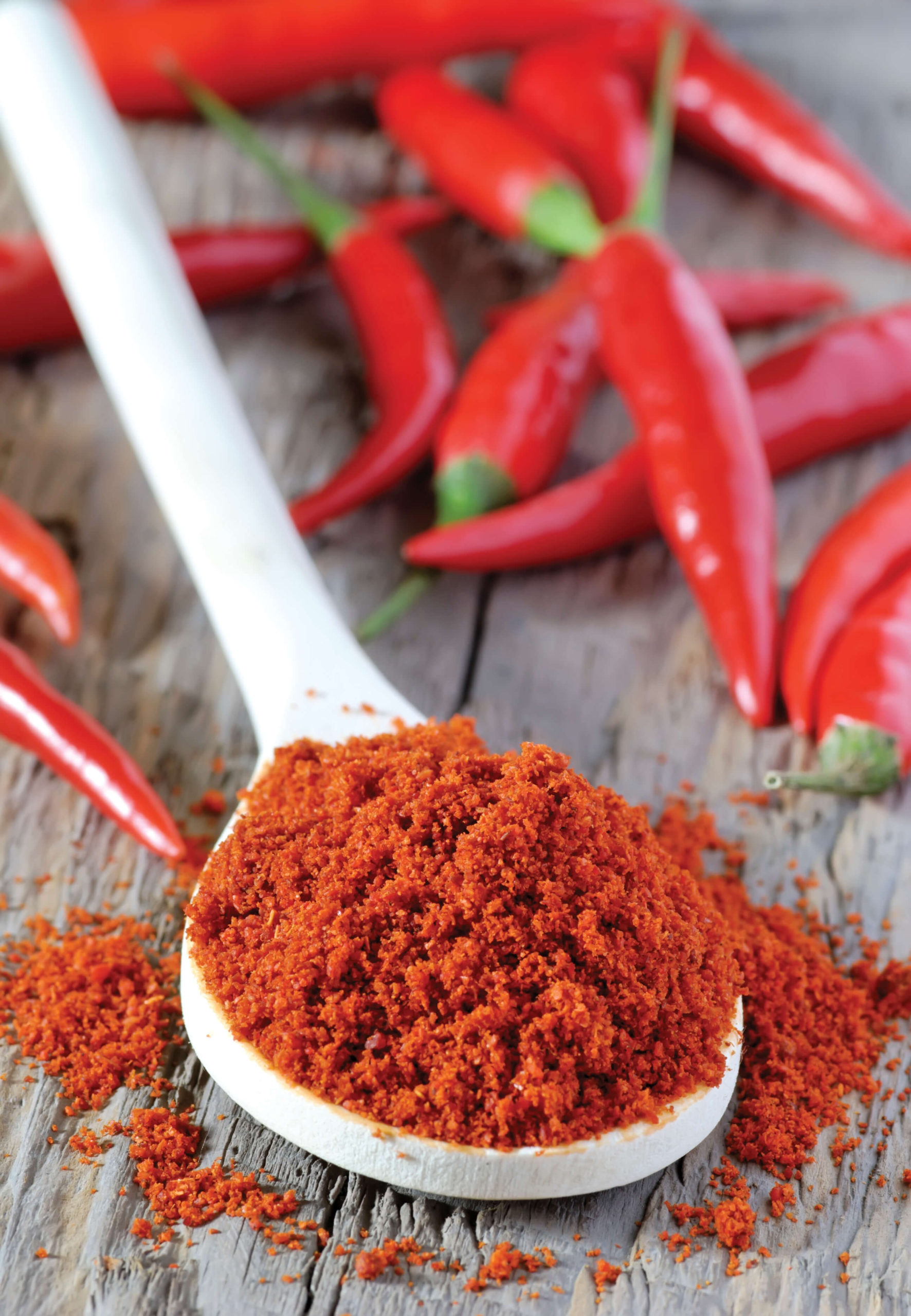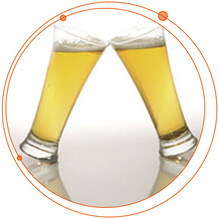According to the American Clinical Laboratory Association, more than 7 billion clinical lab tests are performed in the U.S. every year. While mass spectrometry represents only a fraction of the clinical applications, there are a growing number of tests where mass...
Tags
Tips and tricks from our application experts: AAV analysis with CE
Peter Holper, Staff Applications Scientist at SCIEX, US, shares his tips and tricks on AAV analysis using CE with the BioPhase 8800 system and the PA 800 Plus system.

Celebrating customer experience: Insights from SCIEX leaders
Introduction Customer Experience Day (CX Day) is a special occasion for SCIEX, celebrated every first Tuesday in October. It’s a day dedicated to recognizing the incredible value of our customers and the relentless dedication of our associates who strive to make...
Detecting low levels of drugs and their metabolites in hair and nail samples using LC-MS/MS
You probably have heard of testing blood and urine samples for the presence of drugs and their metabolites. But do you know about the benefits of hair and nail analysis? In a recent webinar, Tina Binz, Deputy Head of the Center for Forensic Hair Analysis, University of Zurich, discussed the benefits of developing comprehensive and sensitive LC-MS/MS for the detection of low-level drugs and metabolites in keratinized matrices.

LC-MS system replacement: Are you ready?
Meeting deadlines in a bioanalysis laboratory can be a big challenge. Older, less sensitive and less reliable LC-MS systems make it even more difficult. Even the disruption caused by the installation and validation can be disconcerting and delay decisions. Does this sound familiar?
Questions and answers to help improve your mycotoxin analysis
During a recent webinar I shared method details for mycotoxin analysis on the SCIEX 7500 system. In this blog i will share the Q&A for the submitted questions that we did not have chance to answer during the live webinar.

Guide decisions during cell line development with more information at the intact level
Monitoring product quality attributes (PQAs) throughout monoclonal antibody (mAb) development is vital to ensuring drug safety and efficacy. By adopting orthogonal analytical techniques and integrating new technologies that have the potential to provide more information, it is possible to improve product quality and manufacturing efficiency and make more informed decisions.

Maximize NPS analysis with accurate mass spectrometry
LC-MS/MS is a powerful analytical tool in forensic toxicology testing that can support a variety of testing regimes such as screening, confirmation and quantitative workflows. More specifically, analysis of NPS using LC-MS/MS provides many advantages, including the ability to reliably detect new drugs and their metabolites from a variety of biological matrices.

Metabolite identification and peace of mind
Managing metabolite identification (Met ID) studies is challenging, so what is at the top of your priority list as you plan the year ahead? Ensuring you have the data needed to manage product safety, meeting deadlines, staff recruitment and training, maintaining compliance, capital expenses, or something else?

What has the Echo® MS system done for the pharma industry? (And don’t just take our word for it!)
SCIEX was very proud to have an illustration of the Acoustic Ejection Mass Spectrometry (AEMS) technology that powers the Echo® MS system on the front cover of the Journal of the American Society for Mass Spectrometry in January 2023. The associated article—Ultrahigh-Throughput Intact Protein Analysis with Acoustic Ejection Mass Spectrometry—was co-authored by scientists from SCIEX and Merck.
Methods for OPI electrode cleaning for Echo® MS system electrodes
Depending on the samples you are running on the system, it is possible for the Open Port Interface (OPI) electrode to become dirty or occluded over time. Below are two different cleaning strategies that can help you maintain your Echo® MS system and keep your OPI...

Top Three Ways SCIEX has fun with Halloween Candy
Halloween is the time for lots of trick or treats ranging from chocolate bars to lollipops and oh so good candy corn. However, come October 31, it is time to mind sneaky ingredients that have the best disguise of all. From pork extracts, artificial sweeteners, to stuff that is hard to pronounce, SCIEX digs up some of our recent Food and Beverage studies for some ghoulishly good fun.

The Top Ten Things Scientists Think about on Halloween
The Top Ten Things Scientists Think about on Halloween
Analyze Large Omic Data Sets with Cloud Computing and See What More You Can Accomplish
Our scientific world is expanding. With each passing day, new discoveries are made, old discoveries are verified, and more data are generated. Large data sets are now the norm for omics experiments such as genomics, transcriptomics, proteomics, and metabolomics....

Simultaneous Detection of Multiple Species in Meat Using LC-MS/MS Technology
Smart food shopping starts with labels. However, what if we told you the ingredient list may not be all that it seems? According to Food Safety News, producers are sneaking lower quality ingredients into our food to save money. This type of food fraud is estimated to cost the global food industry $10 to $15 billion per year. If you think back to the Middle Ages, even our ancestors were consumed with cost savings by inserting nutshells, seeds, berries, and more within their spices.
Using Mass Spectrometry to Screen Hundreds of Known and Unknown Metabolites
In the field of metabolomics, you typically choose to identify and characterize as many compounds as possible in an unbiased fashion, or screen for a specific set of compounds that are biologically relevant to your research. The beauty of the TripleTOF® System is that...

Using Mass Spectrometry for Down Syndrome Metabolomic Research
Last week we launched a really interesting research project with Jeff Miller, Senior SCIEX Scientist, using a SCIEX QTRAP® 6500 mass spectrometer. Our plan was to test whether acetaminophen is metabolized differently in people with Down Syndrome (our younger brother William has Down Syndrome).

MultiOmics Research For the Study of Placental Development
A recent study by Katy Williams (UCSF), Christie Hunter (SCIEX), and Andrew Olsen (Advaita) used the iPathwayGuide within the OneOmics cloud computing environment to help understand how placental development can go awry during certain pregnancy complications such as pre-eclampsia.

This LC-MS/MS Application Detects Almond and Peanut Allergens in Spices
If you suffer from peanut allergies, you may want to think twice before diving into a bowl of something spicy. The reason being, some shipments of North American and European products containing ground cumin, cumin powder, cayenne pepper, paprika, and pilli-pilli...

Mass Spectrometry Detects Very Low Levels of Chemical Compounds in Asia Pacific Waters
Did you know that even though most of the world is covered in water, access to clean drinkingwater remains a problem? Take Asia for example where 62,000 people have lost their lives between 2001 and 2005 due to water-related disaster and illness. Clean water is...

Simultaneously Detect Different Types of Beer Microbes Using XP-PCR
Spoiler Alert – How to Save Time Testing for Bacteria in Beer? Nothing ruins a batch of beer worse than bacteria, specifically Pediococcus and Lactobacillus. Too much of these hop resistant genes can get carried away causing spoilage and sour beer. It is why breweries...
No Results Found
The page you requested could not be found. Try refining your search, or use the navigation above to locate the post.